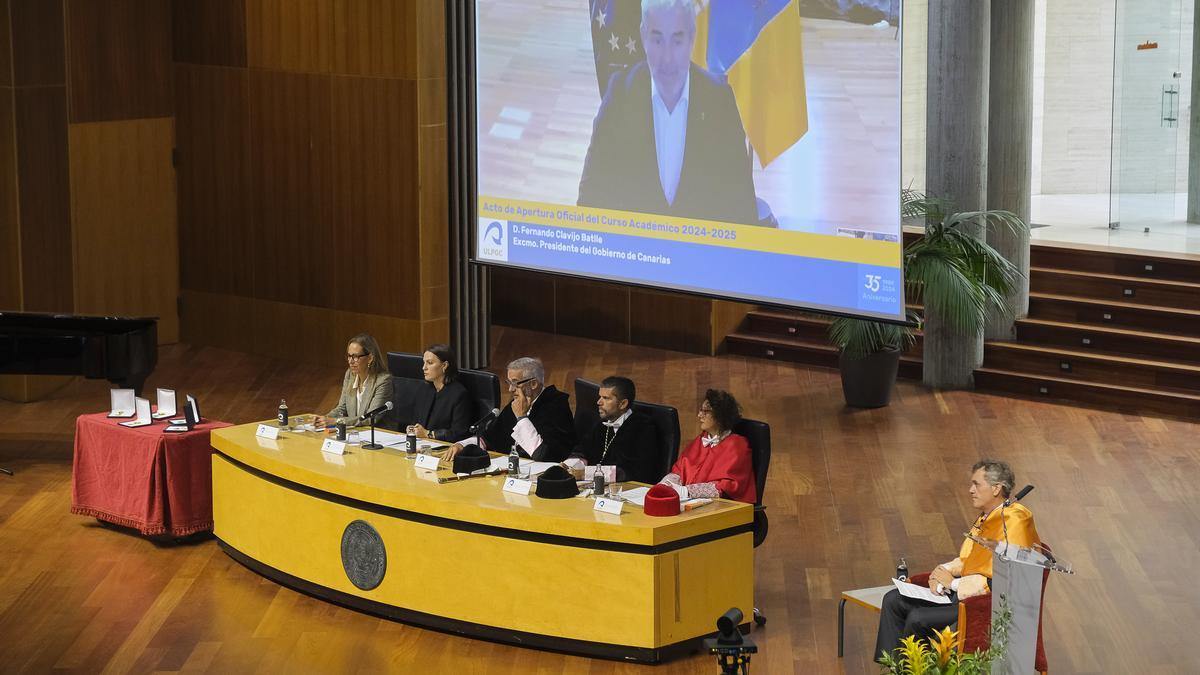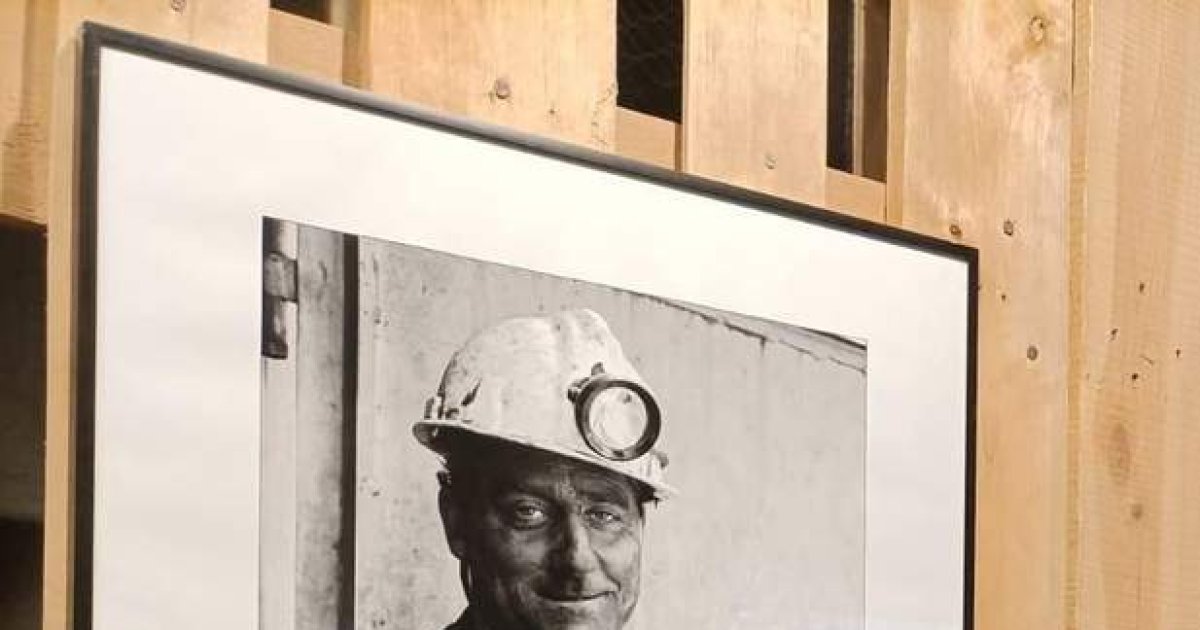Mexico is preparing for The impact that Hurricane Beryl will have on the countrywhich is dangerously close to Jamaica and the Cayman Islands, although the storm will advance westward on Thursday, July 4, according to the National Weather Service (SMN). destination in quintana roo.
It is estimated that by the time Beryl affects Yucatan PeninsulaIt will become a Category 1 or 2 hurricane and is expected to do so. Happening between 6:00pm on Thursday, July 4th And at 06:00 on Friday, July 5th.
The possibility of this natural phenomenon has caused panic among people, given its strong impact in many countries, which is why various specialists have taken responsibility for it. Research on BerylEven from space, the eye of this hurricane was captured.
the International Space Station (ISS) where 15 countries work collaboratively to operate the laboratory. Next generation, world class orbitalShared images of what Hurricane Beryl looks like from where it is located.
Through its Instagram account, the International Space Station revealed the horrific images in which this phenomenon can be seen in the first shot you can see it. A thick, heavy layer of clouds covering much of the world. In the middle you can see the eye of the hurricane, which appears as a small circle through which part of planet Earth can be seen.
In subsequent images, the images are observed from a greater distance, where the haze covering a large part of the planet can be seen more clearly, and in the center the eye continues to be observed.
International Space Station It is an orbiting laboratory that represents a multinational collaboration of five space agencies.: NASA (United States), Roscosmos (Russia), JAXA (Japan), ESA (Europe), CSA (Canada). Since its launch in 1998, the ISS has served as a research center for microgravity and space technology. It orbits the Earth at a Average elevation 400 kmcompleting approximately 15.5 orbits per day.
The International Space Station consists of pressurized crew modules, solar panels, and various external structures. It provides an environment in which scientists can conduct experiments. Fields such as biology, physics, astronomy, and materials science. Without the interference of gravity. These experiments have contributed to important scientific and technological progress.
In addition to its scientific value, the International Space Station Encourages international cooperation and development of new technologies. Which can be applied in space and on Earth. Life aboard the International Space Station is managed by a rotating crew of astronauts and researchers who typically stay on for six-month missions. Despite the logistical and maintenance challenges, the International Space Station remains a symbol of peaceful cooperation and human progress.

:quality(85)/cloudfront-us-east-1.images.arcpublishing.com/infobae/A7ONU4WWIFAHVJVWEBQORYMXYU.jpg)



